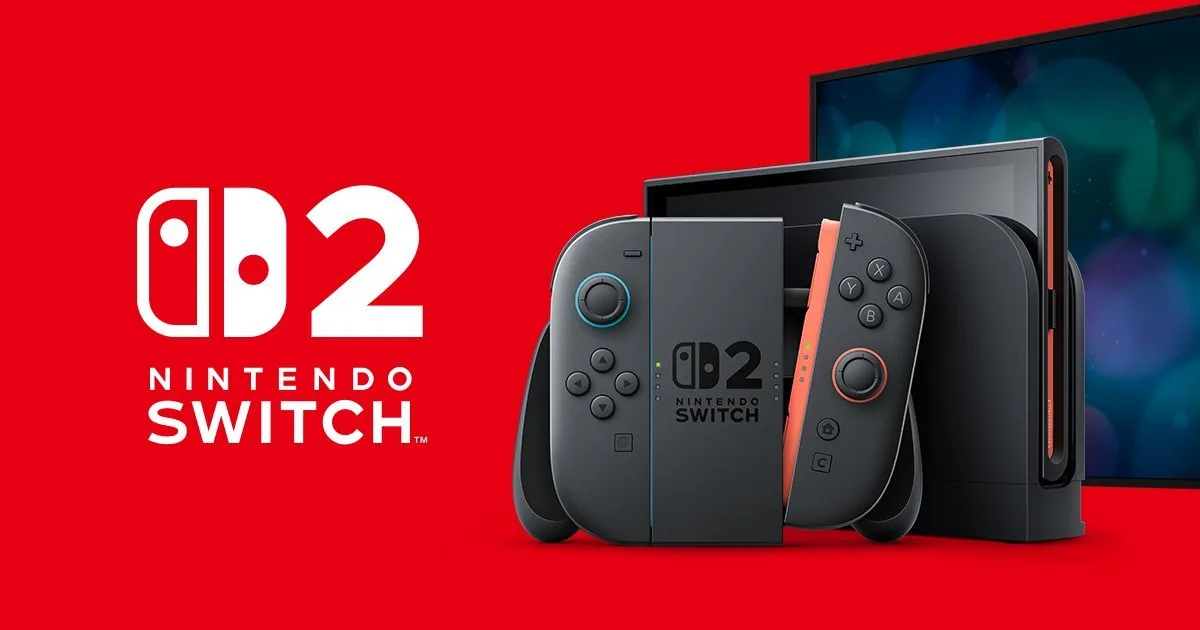After eight years since the launch of the original Nintendo Switch, we finally have its long-awaited successor: the Nintendo Switch 2. The original console showed clear signs of aging in its final years, struggling to deliver decent performance in demanding titles. The most obvious case was the latest Pokémon game, where the performance was disappointing. Thankfully, the new console arrives to fix many of those issues and offer a more modern gaming experience.
One of the most notable improvements is the ability to play in 4K resolution when connected to a TV, and even reach 120 frames per second in select games. In handheld mode, the Switch 2 features an 8-inch screen with a new LCD technology that closely mimics the colors of an OLED display. Thanks to its upgraded power, the console can now run much more demanding titles, bringing it closer to the level of its competitors, though not in a one-to-one comparison. Games that previously suffered from technical or visual issues now run the way they were meant to. Pokémon Violet, for example, feels like a completely different game, and Zelda titles no longer suffer from frame drops. The environmental colors now appear vibrant and alive. In terms of build quality, the device feels more premium—less like a toy—and its larger size gives it a more visually appealing presence.
The Joy-Con controllers have also been redesigned. They now use a magnetic attachment system that provides a firmer grip and reduces wear on the locking mechanism. There’s even a new feature that allows them to function like a computer mouse, though it remains unclear how widely this feature will be used in the future. That said, not everything is perfect. The battery life remains a weak point, offering only 2 to 4 hours of regular gameplay. At launch, the system only came with one game designed to showcase its capabilities, and as of now, there’s no clear information on upcoming Nintendo exclusives. There’s also some confusion regarding how physical cartridges work, which might make the transition a bit unclear for some users.
In summary, the Nintendo Switch 2 is the successor many fans have been waiting for. Its improved performance, visual quality, and refined design make it a more capable and modern console. However, due to the lack of a strong game library and its focus on fixing past issues, it currently feels more like a Pro version of the original Switch than a true next-gen leap. It has potential, but at this stage, it’s still hard to fully recommend as a must-buy.
Final Score: 3/5
